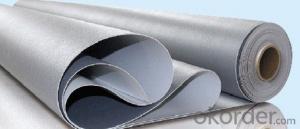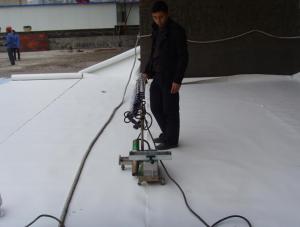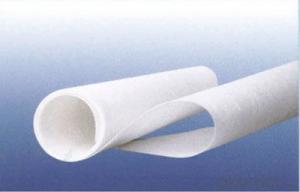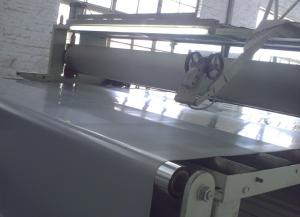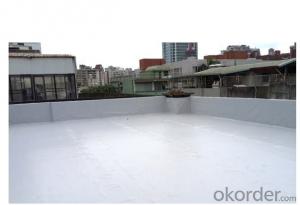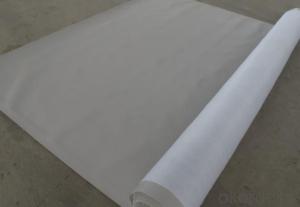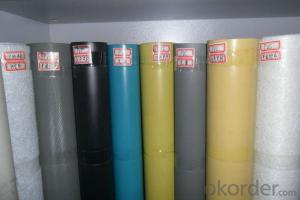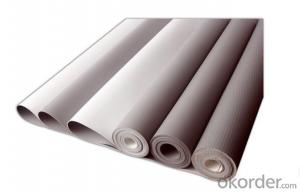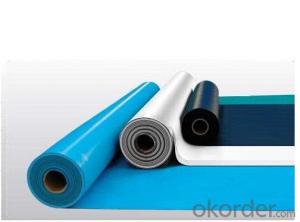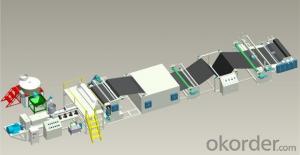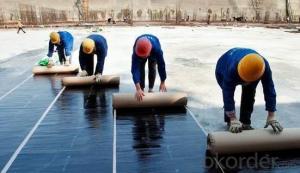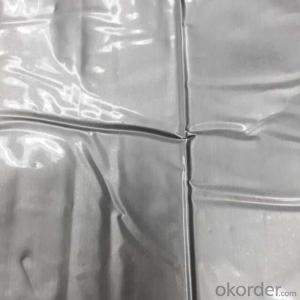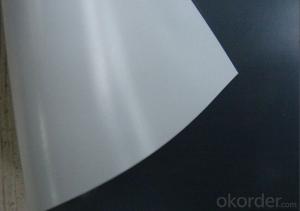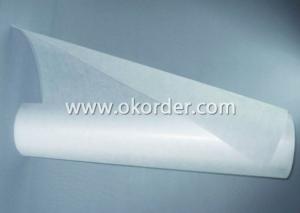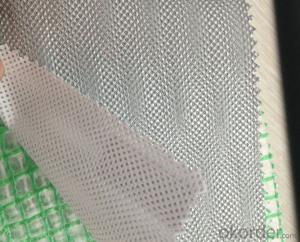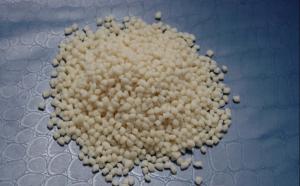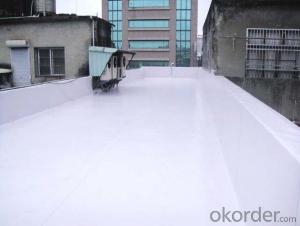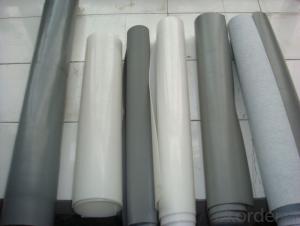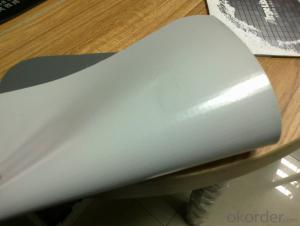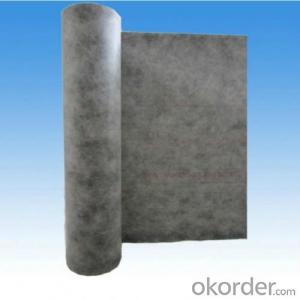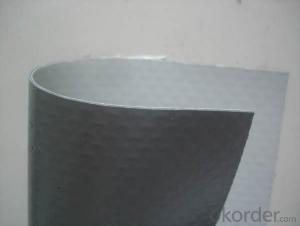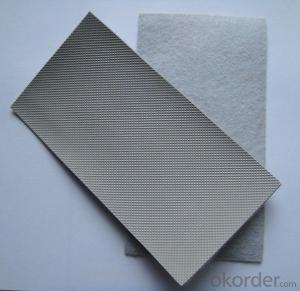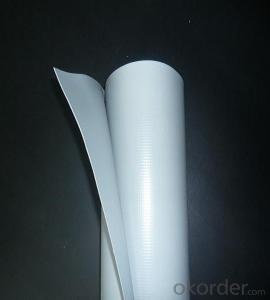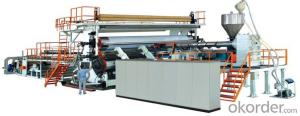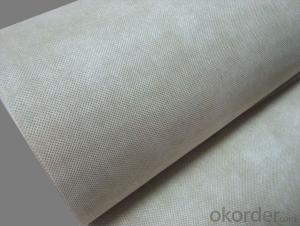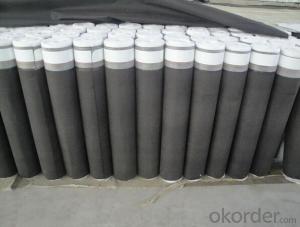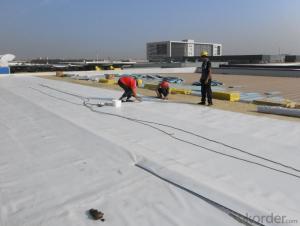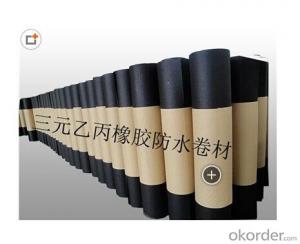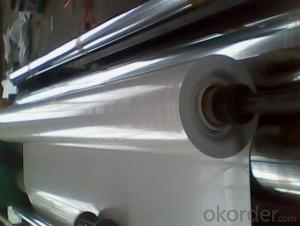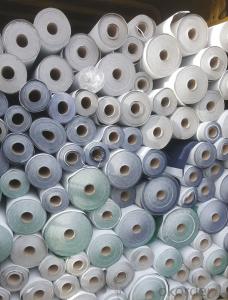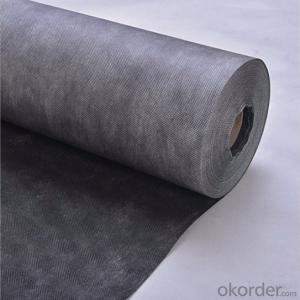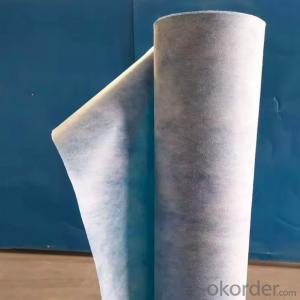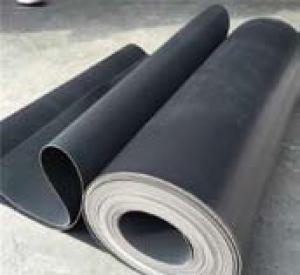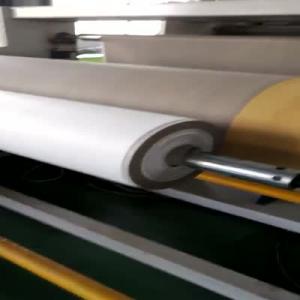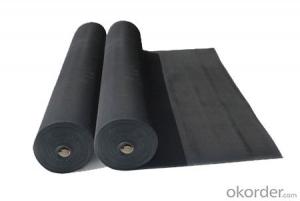Waterproofing Membrane Philippines
Waterproofing Membrane Philippines Related Searches
Waterproofing Membrane Singapore Mapei Waterproofing Membrane Geomembrane Philippines Geomembrane Waterproofing Bentonite Waterproofing Membrane Paintable Waterproof Membrane Waterproof Geomembrane Red Guard Waterproofing Membrane Redgard Waterproofing Membrane Waterproof Membrane For Decks Concrete Foundation Waterproofing Membrane Damp Proof Membrane Plastomeric Waterproofing Materials Residential Waterproofing Bitumen Roofing Membrane Waterproofing Wet Areas Permeable Geomembrane Impermeable Geomembranes Commercial Waterproofing Fiberglass Roof Philippines Waterproof Material Geomembrane Impermeable Material Waterproofing Spray Exterior Foundation Waterproofing Materials Waterproofing Homes Fiberglass Cloth Philippines Waterproofing Inspection Waterproof Mdf Panels Roofing Paper Waterproof Geomembrana Para ImpermeabilizarWaterproofing Membrane Philippines Supplier & Manufacturer from China
Waterproofing Membrane Philippines is a collection of specialized products designed to protect structures from water damage and moisture-related issues. These products are essential in ensuring the longevity and integrity of buildings, infrastructure, and various other applications where water resistance is crucial. The membranes are made from high-quality materials such as rubber, polymers, and other synthetic compounds, providing a robust barrier against water infiltration.The application and usage scenarios of Waterproofing Membrane Philippines are vast, ranging from residential and commercial buildings to industrial facilities and civil engineering projects. These membranes are commonly used in roofing systems, basements, swimming pools, and water tanks, as well as in the construction of tunnels, bridges, and dams. By preventing water seepage and dampness, Waterproofing Membrane Philippines helps maintain structural integrity, reduce maintenance costs, and enhance the overall durability of the built environment.
Okorder.com is a reputable wholesale supplier of Waterproofing Membrane Philippines, offering a comprehensive inventory of these essential products. With a wide range of options to choose from, customers can find the perfect solution for their specific waterproofing needs. The company's commitment to quality and customer satisfaction ensures that each product meets the highest industry standards, making Okorder.com a reliable choice for those seeking to invest in Waterproofing Membrane Philippines.
Hot Products
